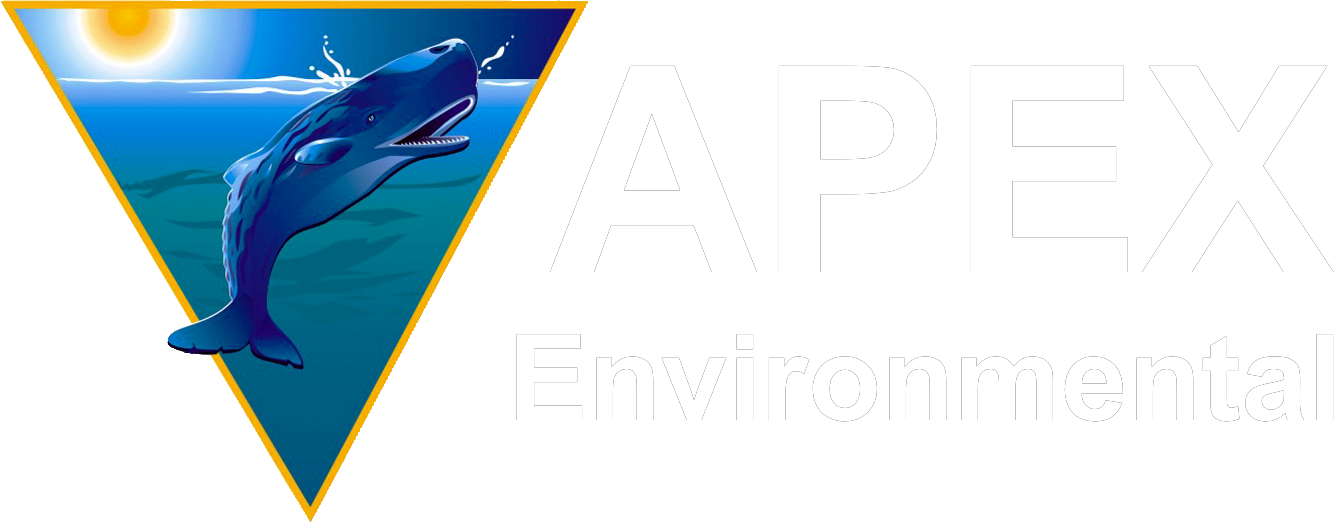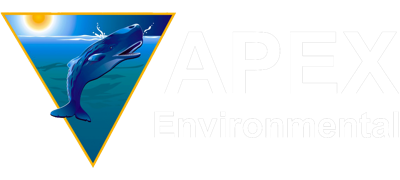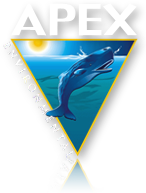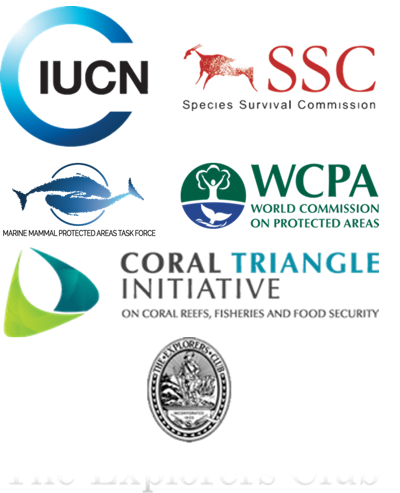Towards responsible ocean industries in the Coral Triangle
Our goals for this project include:
1. To assess the overlap between activities of the ocean industries (especially shipping, oil and gas/seismic surveys, marine or deep-sea mining, tourism development and fisheries) with marine hotspots – areas of exceptional marine biodiversity incl. EBSAs, KBAs, IMMAs, marine IBAs and critical habitats for endangered, threatened or protected marine species.
2. To identify key threats (current and emerging) and help develop strategies to mitigate potential impacts of ocean industries on important marine habitats.
3. To assist with the development of policies and best practice guidelines to support national and regional sustainable development plans such as:
a. The Coral Triangle Initiative Regional Plan of Action (CTI-RPOA)
b. The United Nations Sustainable Development Goal (UN SDG) 14: Conserve and Sustainably Use of the Ocean.
4. To engage with leading ocean industry and regulatory stakeholders to ensure these sustainability goals can be met, while moving towards the so-called “blue economy” in a highly sensitive and ultra-diverse marine realm of global conservation importance.
Several activities have been conducted to advance the goals of this on-going and collaborative project.
These include:
1. A major GIS-Based overlap study for the Coral Triangle and the SW Pacific Ocean (Kahn and Vance-Borland 2013) incorporating over 40 regional and global datasets, a first for this vast marine region – including quantitative overlap between marine conservation priorities and:
– International sea-lanes and shipping densities
– Marine mining or deep-sea mining tenements, a new ocean industry sector currently under development in Papua New Guinea.
– Oil and gas exploration and production blocks
– Pelagic fisheries (tropical tunas)
2. Numerous presentations at important marine conservation conferences and ocean business summits (Kahn et al., 2014, 2015, 2016).
3. Site-specific work and documentation of case studies
• More details can be found in the publications section.




